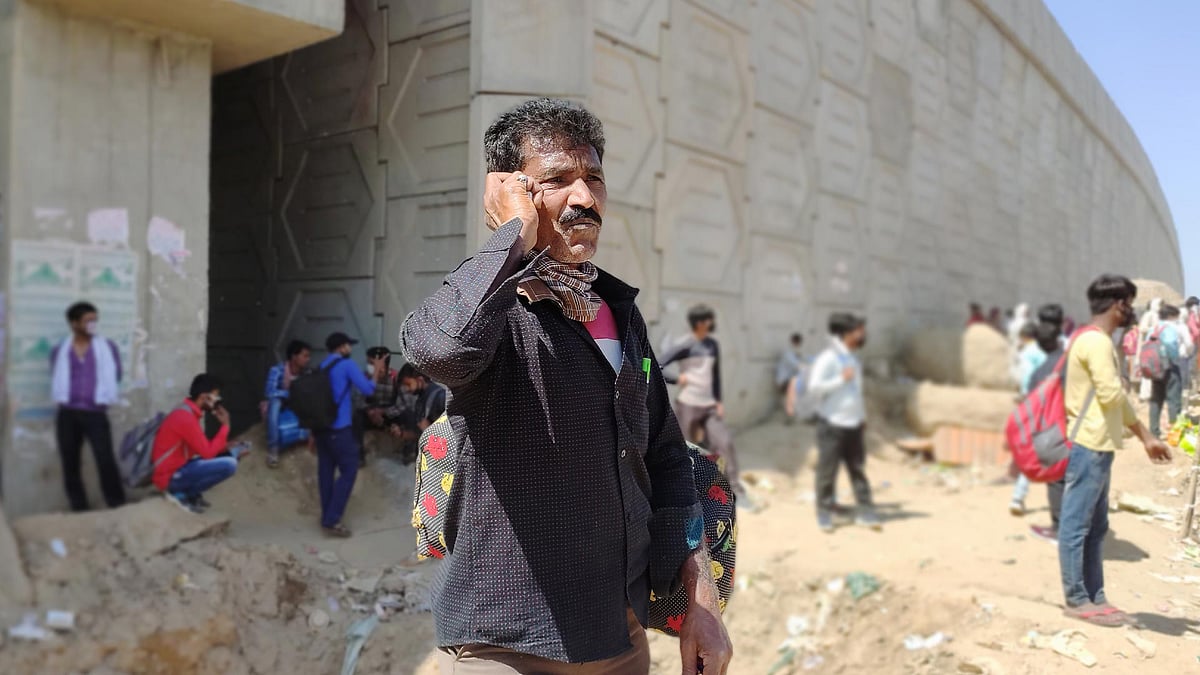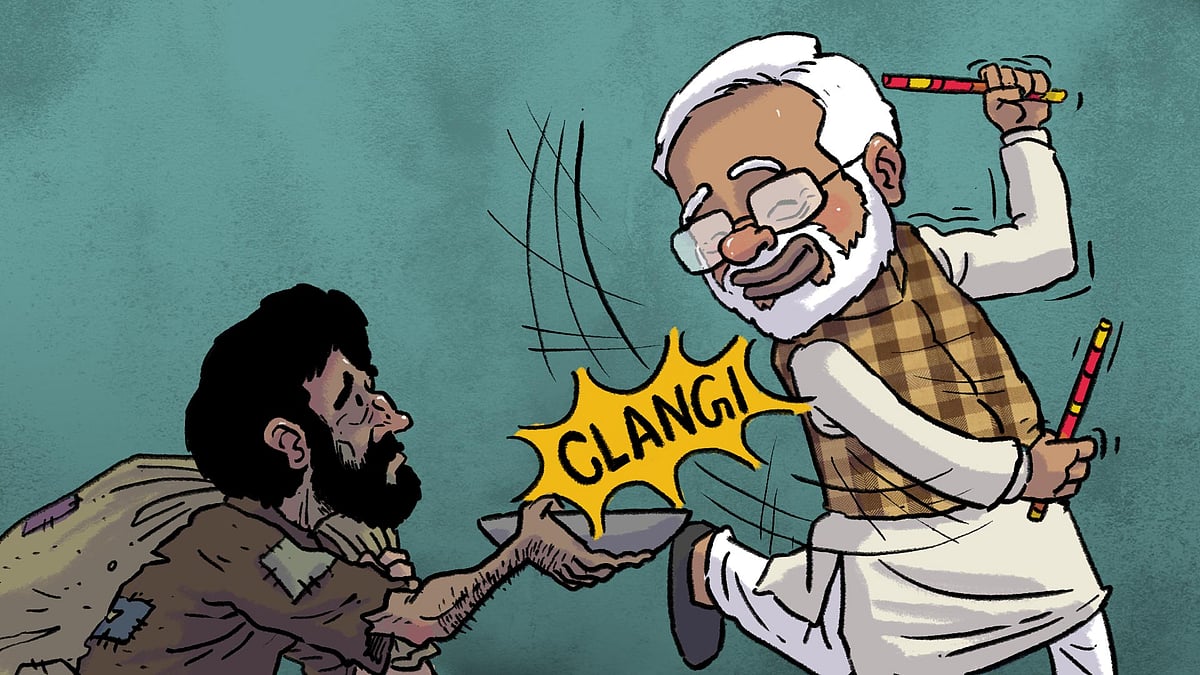Bum chiki chiki bum, migrant workers ko kyun nahi cover karte hum?
Dear Sweta Singh and Anjana Om Kashyap, is this the best time to polish your antakshari skills on live TV?
The opening scene of the 2008 post-apocalyptic movie Cloverfield shows Rob, the protagonist, throwing a farewell party to his friends in New York. The promising party begins to go utterly wrong when the city is jolted by what seems like an earthquake. The next thing that all characters instinctively do is turn on the TV and switch to news. They find out that an oil tanker has capsized near the Statue of Liberty and things in the movie begin to go from bad to worse to cataclysmic.
This scene is no extraordinary insight into human behavior. It rather makes a very elementary point that all end-of-world fantasists know well: in a time of crisis, people turn to news.
But what impression would a person get if he were to teleport into an Indian living room at 7.30 in the evening one of these days? He would see anchor Sweta Singh singing “Bum Chiki Chiki Bum” on Aaj Tak, poking her colleagues to think up other songs and join in with her. This is part of the channel’s latest offering to its viewers: bring together its senior editors and play antakshari. They even invite the viewers to participate by sending videos of them singing which are later broadcast on TV.
Aaj Tak star anchor Anjana Om Kashyap was also part of the antakshari.
Aaj Tak’s strange choice of programming came on the day India crossed the 1,000 threshold in terms of confirmed coronavirus cases.
On March 30, the Indian government reported that there were 1,070 confirmed cases of the novel coronavirus as of 10.30 am, at least 942 of them are active. A crowdsourced tracker is putting the figure way higher at 1,263, with 1,161 active cases as of 7 pm.
In Italy, the death toll surpassed 10,000 today. Spain has left China behind with over 7,000 deaths. The United States has extended its social distancing guidelines until April 30, fearing the pandemic will kill 1,00,000 people.
In the light of all this, it would be rather mild to assess that Aaj Tak’s editorial calls have become rather inane. Since the pandemic and the subsequent lockdown began, every minute of TV news is a crucial opportunity to report and inform viewers at home about this historic event. There are other channels for the viewer to turn to if he or she were to grow bored or dejected. News channels need not play the entertainer in this hour of crisis.
But then, it is also the model that yells “crisis!”. With the economy under arrest, news channels are looking at a dry season of advertising revenue in the coming weeks. The advertisement department is probably the bigger driver behind Aaj Tak’s antakshari than the editorial one. Even Republic TV’s Arnab Goswami has requested his advertisers to stay by his side.
We at Newslaundry have been saying this since day one: the media model that stands on the shoulders of advertising is flawed. When the public pays, the public is served; and when advertisers pay, the advertisers are served. So subscribe to Newslaundry and support independent media.
The elephant in the room that channels like Aaj Tak gloss over in their evening slots is the massive migration that is occurring in India at this moment. Unpaid, hungry workers, who flock to cities for work, are streaming back to their villages and towns across North India. The odds they face are immense: the distance, sealed borders, lack of transport, a hostile police, negligible social distancing.
I was reporting from the town of Lal Kuan in UP’s Ghaziabad yesterday for about six hours. The local police have organised transport for thousands of migrant workers there. I interviewed many of them about the hows and whys of their alarming exodus. Not only are the dailywage workers from Delhi heading to UP and Bihar, but people from far corners of Haryana are first walking to Delhi and then trying to play their luck in a crowded highway town. You can read my report here.
The migrants headed to Bihar stare at a bleaker future. The state has developed cold feet about their homecoming, and set up “special camps” along its border with UP to screen them. An article by Anand Vardhan of Newslaundry tries to dissect this political decision, arguing that “response of the state machinery and the pooling of resources so far show that Bihar has geared up well for the fight”.
The worst might have already begun for many of these migrants. At least 17 migrants have already died in the course of their journeys, reports The Wire. Others were sprayed with a “disinfecting” chemical in Bareilly district, Uttar Pradesh, and later complained of burning sensation in their eyes. The district magistrate has since come forward and admitted that this was a “mistake”.
 Broke and desperate in Lal Kuan: Meet the migrant workers heading home
Broke and desperate in Lal Kuan: Meet the migrant workers heading home Why India doesn’t seem to care about its poor even during a pandemic
Why India doesn’t seem to care about its poor even during a pandemic